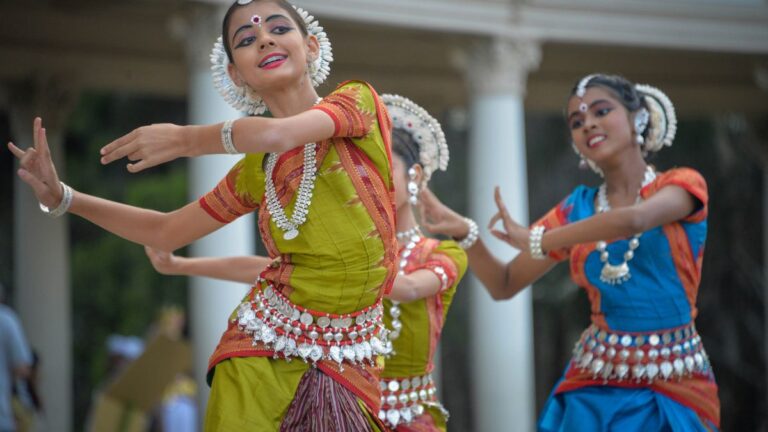Buší is a multifaceted cultural lifestyle with deep roots inside the communities that exercise it. The term “buší” incorporates a big selection of activities, customs, and creative expressions that together form a colorful and essential a part of the cultural heritage of the regions in which its miles celebrated. This article explores the diverse dimensions of buší, its ancient origins, its social importance, and the ways in which it keeps to adapt in cutting-edge society.
Historical Origins of Buší
The origins of buší may be traced lower back numerous centuries, to a time when groups relied closely on oral traditions and communal gatherings to pass down know-how and cultural practices. Historically, buší served as a way of storytelling, maintaining historic narratives, myths, and legends that defined the identity of the humans. The tradition frequently involved intricate performances that included dance, song, and theatrical elements, every contributing to the collective memory of the network.
Early facts recommend that buší changed into no longer simplest a shape of enjoyment however also a critical mechanism for social cohesion. During times of trouble, consisting of periods of struggle or famine, buší performances provided an experience of continuity and stability. They offered an possibility for communal mirrored image, allowing humans to process their stories and reaffirm their shared values and beliefs.
The Role of Dance and Music in Buší
Dance and music are central to the buší lifestyle, serving because the primary mediums thru which testimonies are informed and emotions are expressed. The choreography of buší dances is frequently intricate and symbolic, with every motion conveying specific meanings and emotions. These dances are typically followed by way of conventional song performed on gadgets particular to the way of life, including drums, flutes, and string units.
The rhythmic patterns and melodic systems of buší tune are designed to rouse quite a number emotional responses from the target market, from joy and party to sorrow and reflection. The performers, who are frequently tremendously skilled and skilled from a young age, play an essential position in bringing those testimonies to existence. Their ability to bring the underlying narratives via their movements and expressions is a testimony to the depth and complexity of the buší lifestyle.
Social and Cultural Significance
Buší holds widespread social and cultural significance within the groups that exercise it. It is more than only a form of enjoyment; it is a critical manner of cultural expression and identity. Through buší, people and communities express their particular histories, values, and worldviews. It serves as a platform for intergenerational communicate, allowing elders to impart expertise and knowledge to younger generations.
In many communities, buší is closely tied to important lifestyles occasions and ceremonies, including weddings, funerals, and galas. These performances are frequently visible as a manner to honor the ancestors and are seeking their blessings, reinforcing the relationship between the residing and the non secular world. The communal nature of buší fosters a sturdy experience of belonging and team spirit, as humans come together to take part in and witness the performances.
Contemporary Evolution of Buší
While rooted in subculture, buší has no longer remained static. In current years, it has advanced in response to changing social, financial, and technological contexts. Modern buší performances may incorporate factors of contemporary song, dance, and theater, creating a fusion of old and new that resonates with more youthful audiences. This evolution has helped to hold the subculture applicable and colorful, making sure its persevered significance in a rapidly converting world.
The creation of digital media has also had a profound impact on buší. Performances are actually regularly recorded and shared on line, attaining a worldwide audience and attracting interest from people out of doors the traditional cultural boundaries. This has spread out new opportunities for cultural alternate and collaboration, as well as demanding situations associated with the renovation of authenticity and the capability commercialization of the subculture.
Challenges and Opportunities
Despite its enduring significance, the buší tradition faces numerous demanding situations. One of the number one worries is the danger of cultural erosion due to globalization and the impact of dominant cultural forms. As younger generations are uncovered to a wide array of cultural affects, there’s a fear that they’ll become bored in conventional practices like buší. Additionally, financial pressures and the needs of contemporary lifestyles could make it hard for people to commit the time and sources important to maintain those traditions.
However, there also are vast opportunities for the revitalization and promoting of buší. Efforts to report and archive performances, in addition to initiatives to integrate buší into formal schooling systems, can help to make sure its survival. Furthermore, the growing reputation of cultural range and history at national and global stages provides a supportive framework for the preservation and celebration of traditions like buší.
Conclusion
Buší is a wealthy and dynamic cultural subculture that keeps to play an important position in the communities that exercise it. Its ancient roots, artistic expressions, and social significance make it a crucial a part of cultural background. While going through demanding situations, the culture also offers numerous opportunities for growth and model in the cutting-edge international. By embracing both its conventional essence and modern-day ability, buší can continue to thrive and encourage destiny generations, making sure that this vibrant cultural exercise remains a cornerstone of network identification and expression.
